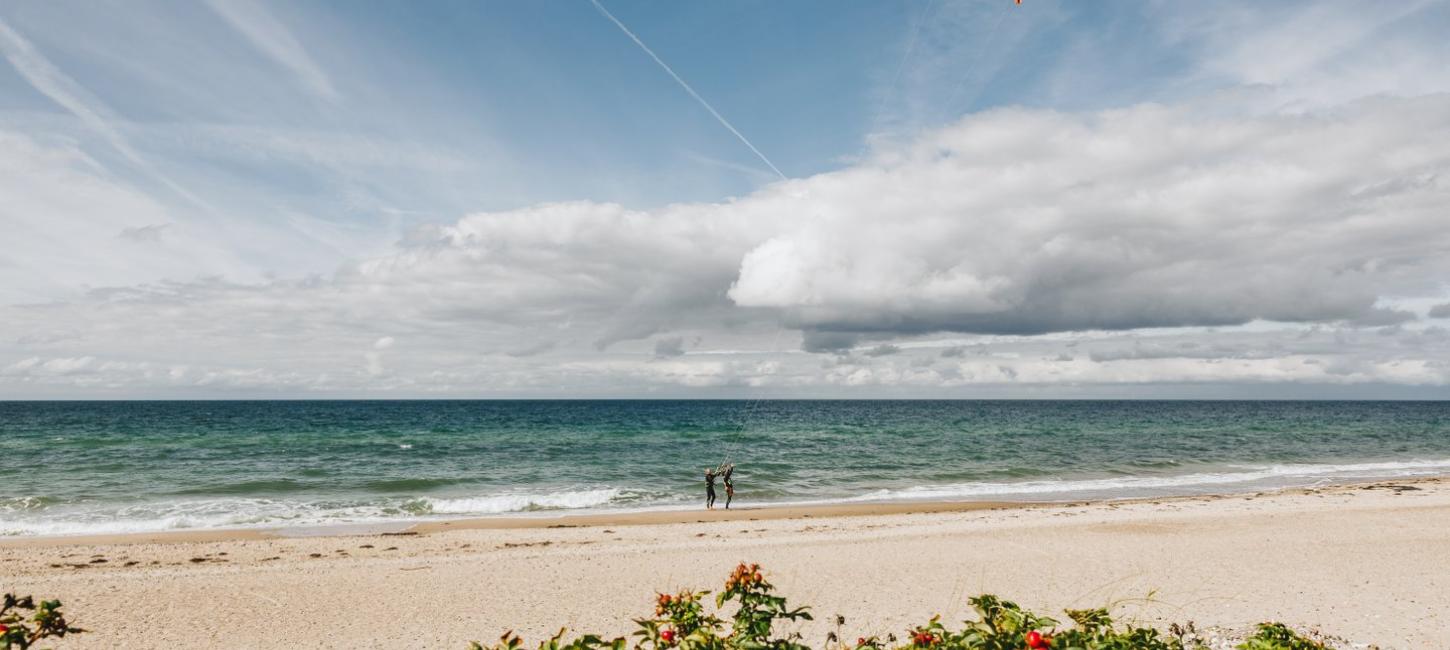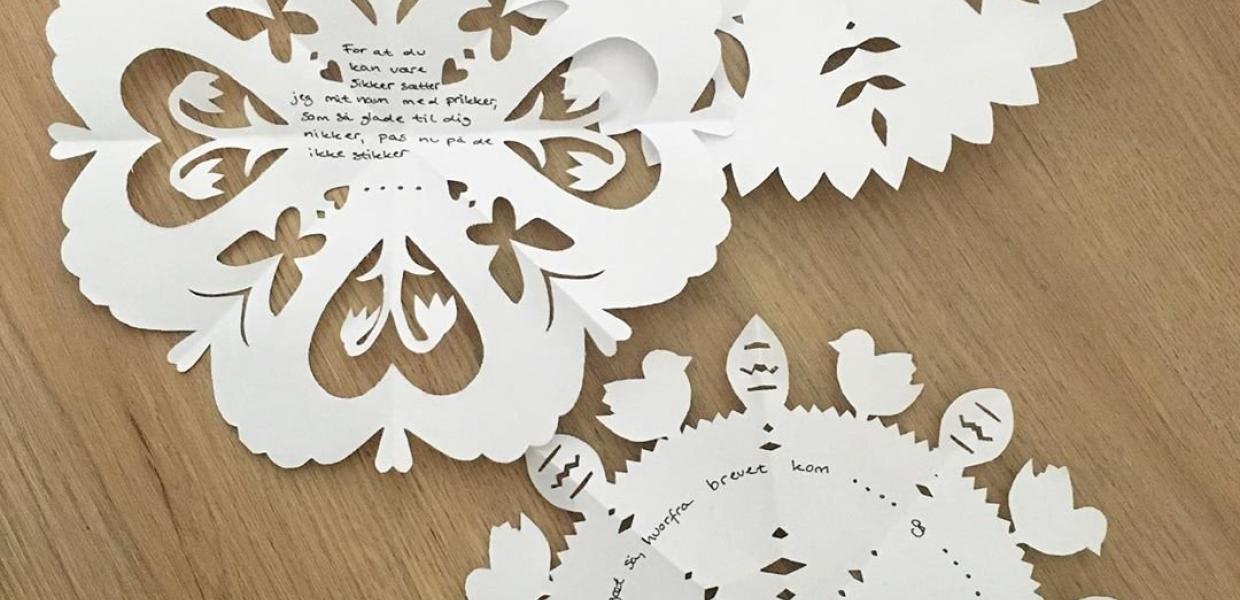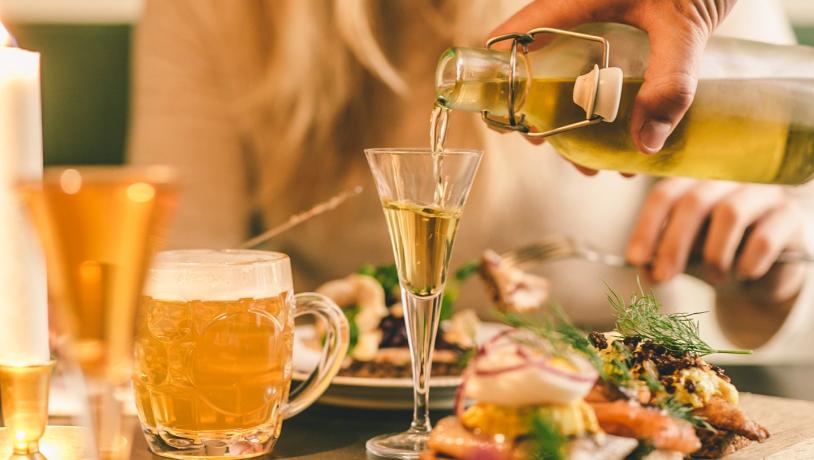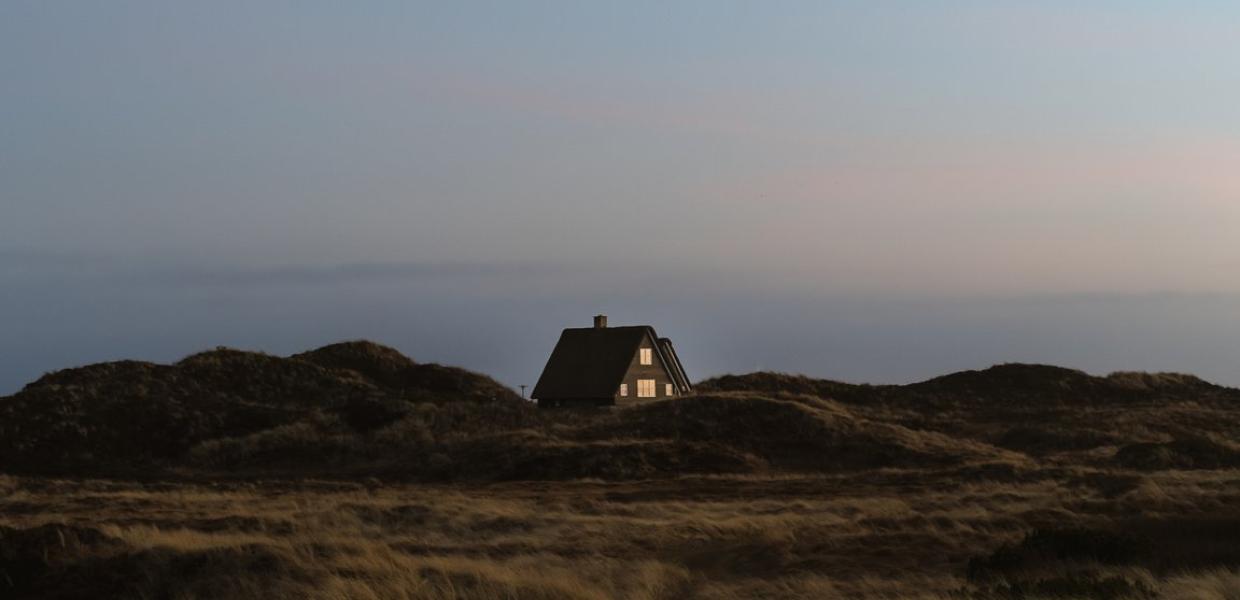
Easter in Denmark
When Easter arrives in Denmark we breathe a collective sigh of relief. Winter must be behind us now, surely? Well, probably not, but the days are long, and the mood is cheery. It’s the perfect time to visit us!
Hoppy times at Easter
Or Påske, as we call it, brings not only great food and festivities, but weird and wonderful traditions too. Less of a religious holiday these days, it’s more focused on welcoming spring, celebrating with family or friends and injecting some colour into our usually toned-down homes.
Bringing the outdoors in
That’s right, us Danes go all out with decorations for Easter. Think Christmas but with eggs, chicks, bunnies and…feathers. Because, why not? Oh, and flowers! Plenty of freshly cut daffodils or bulbs of tulips, branches are even brought in to hang our decorations off. We love nature so much we'll take any opportunity to bring it in to our homes. Every house is a sudden burst of yellow, pale pinks, lilac and baby blues, just like nature.

Photo:@anneskreahjoerne
Gækkebreve (gae-ke-bra-ve)
For this, you need to get a little creative, so grab your scissors and some paper and let’s get cracking. In a tradition dating all the way back to the 18th century, young Danes fold and cut intricate patterns into paper and write short poems inside. These are signed with the number of dots corresponding to the number of letters in their name (so if your name is Sara you’d sign off with four dots).
If the recipient guesses who the sender is, they are owed an Easter egg. But! If they can’t figure it out, the recipient owes the sender an Easter egg. With this many chocolate eggs at stake, let’s just say little (and big) Danes take this very seriously.

Photo:Thomas Høyrup Christensen - Copenhagen Media Center
Easter Lunch
As with any tradition in Denmark, we enjoy this holiday with plenty of food. And we mean, plenty. A typical Easter lunch, or Påskefrokost is celebrated with family and friends on Easter Sunday. These lunches typically last a full afternoon with plenty of fun, drinks and courses.
Lunch is centred around one of the great pillars of Danish society, rye bread. Serving as the plate, delicious sandwiches are built with boiled eggs, breaded fried fish, different kinds of herring (think curried or pickled), fresh cress, different kinds of cheese, sliced meats and of course, liver paste. Lamb is also a typical dish for this time of year.
The second star of the show is snaps (aquavit), a strong spirit much like gin or vodka, served in little shot glasses alongside lunch. Random cries of skål (cheers!) pop up from around the table throughout lunch, prompting the next shot (or sip) - you’ll get the hang of it soon enough. As we like to say, the fish needs something to swim in, so if you’re eating herring, snaps and beer aren’t far behind.
Of course we have Easter beer
That’s right, much like at Christmas time, we have Easter beers. All breweries begin releasing their Påskebryg (Easter brew) in the run up to Easter claiming it to be stronger and tastier than the average beer. Try them for yourself! Look for the cans with baby chicks all over them and you’re on the right track.

Photo:© Jakob Vingtoft
Things to chick out
Do be sure to check ahead for opening hours as Good Friday, Easter Sunday and Easter Monday are public holidays and some attractions, restaurants and even supermarkets can close to give their employees some well-deserved time off.
In the same vain, be sure to make reservations if you’re hoping to enjoy a restaurant on Easter Sunday or if you’re feeling adventurous, find some great bakeries here and buy yourself an authentic rye bread and give a Danish Easter lunch a go!
Many Danes typically escape to a summer house over Easter, meaning you can either have our cities to yourself or you can join them in the countryside! Summer houses are a huge part of Danish culture and super easy to hire and experience yourself. Very hyggeligt.